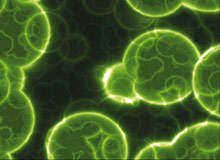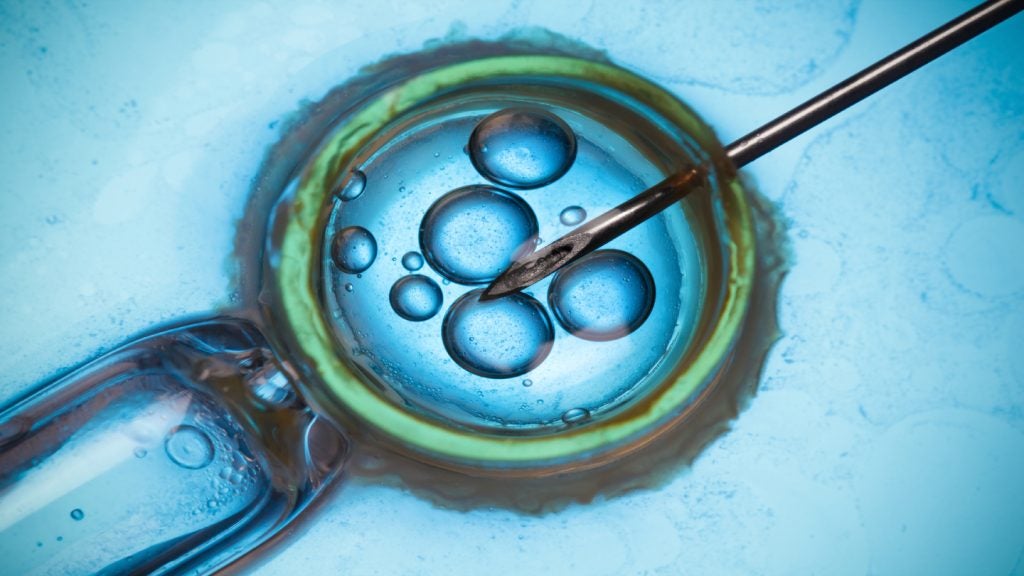
Producing medical devices that maintain sterility until they reach the end user is an ongoing challenge for the industry. According to figures compiled by the US FDA, packaging accounted for 42.5% of sterility-related recalls of medical devices in 1986, and 40% of sterility-related recalls in 1987.
These figures prompted additional scrutiny of manufacturing processes and resulted in the implementation of additional controls by the authority (FDA, Center for Devices and Radiological Health, QSR Manual, Section 820.70).
While these measures have resulted in a reduction in the number of recalls due to packaging sterility, the debate over what size defects allow microbes to penetrate the packaging of medical devices continues.
Because the risks associated with integrity breaches include threats to patient safety, costly recalls and negative publicity, it is likely that the search for the answer to the question of what hole size allows microbial penetration is set to continue.
SIZE MATTERS
See Also:
A study was carried out to examine the effect of hole size (no hole, 10μm and 100μm) and pressure differential (0 and -3.78psi) on the penetration of E. coli K-12 (ATCC 29181) into a rigid PETG tray lidded with a non-porous lidstock.
How well do you really know your competitors?
Access the most comprehensive Company Profiles on the market, powered by GlobalData. Save hours of research. Gain competitive edge.

Thank you!
Your download email will arrive shortly
Not ready to buy yet? Download a free sample
We are confident about the unique quality of our Company Profiles. However, we want you to make the most beneficial decision for your business, so we offer a free sample that you can download by submitting the below form
By GlobalDataExperimental variables included hole size (three levels – 0, 10μm and 100μm), pressure differential (two levels – 0 and -3.78psi) and the starting concentration of the challenge organism, E. coli K-12, (two levels – 0 and 106). Constants included:
- Tray (PETG) and lidstock composition (LKF-002 Paper/PE/Foil/PE/HSC)
- Position of the hole
- Orientation of holes to the aerosolised spray
- The challenge organism
- Spray pattern and relative positioning of the trays to the spray
- Temperature and relative humidity of the test environment (25°C, 50% RH)
- Exposure time in the spray cabinet (30 minutes)
- Incubation conditions (37°C, 50% RH)
The dependent variable, colony growth, was collected 12, 18, 24, 48 and 72 hours into the experiment. Both attribute growth (yes, no) and variable growth (colony count) were collected.
STERILE TESTING PROCESSES
Test trays made from a blue tint PETG of nominal, pre-form thickness 25ml were sealed and sterilised via gamma irradiation prior to testing. The study used a total of 136 trays. Of the tested trays, 88 contained a 10μm hole and 32 had a hole that was 100μm.
Holes were drilled using a thermal laser into the approximate centre of the tray’s base by Lenox Laser (Glen Arm, MD). Holes were 10μm ± 10% and 100μm ± 5% in diameter. The diameter of each drilled hole was characterised using a flow rate technique; each tray was labelled with the flow rate that illustrated its lasered defect.
Prior to the microbial challenge test, the sealed, sterilised trays were aseptically filled with sterile growth medium using a technique described in the Journal of Testing and Evaluation Volume 35(4) July, 2007. Trays that had been filled with sterile agar were then placed into a Plexiglass® aerosolisation cabinet that was built by the research team. The internal dimensions of the cabinet were 28.5in x 20in x 36in, and the Plexiglass was 0.25in thick.
The aerosol containing the microorganisms was delivered through dual pressurised (40psi) spray canisters mounted on the top of the cabinet. The cabinet has an integrated racking system that can hold four test trays and syringes in a uniform orientation while being exposed to the aerosolised microbes. The rack surface is 12in from the floor of the cabinet.
For some treatments a pressure differential was generated by withdrawing a predetermined volume of air (62ml) from the trays. Air was removed by piercing the tray through a self-sealing septum with an 18 gauge needle mounted on a 60ml syringe, and using the racking system to pull the plunger(s).
The purpose of the septum was to seal off the puncture that was created, decreasing the chance of sample contamination. Prior to application to the tray, each septum was immersed in 70% isopropyl alcohol and wafted though a flame to remove any excess.
The withdrawal of 62ml of air from the trays was chosen to simulate descent from 8,000ft to an altitude of 860ft above sea level, the estimated elevation of the testing facility. Cargo and commercial aircraft have a pressurised cargo hold, usually maintaining pressures of 8,000ft. The calculated pressure differential was roughly -3.78psi.
Sealed, sterilised trays that were filled with sterile growth medium were then subjected to the aerosol for 15 seconds, at which point, the racking system of the aerosol cabinet was retracted until the syringes were positioned so that 62ml of air was withdrawn. The total time taken to retract the plunger was one minute.
Trays were then allowed to rest in the closed cabinet until they reached a total exposure time of 30 minutes, at which point the needles and syringes were removed from the trays, and trays were transferred to incubation chambers. Trays were incubated at 37oC +/- 2oC; 50% RH for 72 hours.
Attribute data (growth – yes or no) was collected at 12, 18, 24, 48 and 72 hours. During the 72-hour inspection the lid was removed from the tray and a colony count was done.
To verify that colonies observed were the test organism, they were sampled and cultured in a Becton Dickinson Enterotube™ II System, a multimedia tube intended to perform as an identification system for specific member organisms of the Enterobacteriaceae family.
EXAMINING THE RESULTS
When the data was inspected at the end of the experiment, the effect of hole size (10μm vs. 100μm) was found to be statistically significant when a pressure differential was induced across the sterile barrier in the presence of microbes. Pressure differential was found to have a considerable effect for both of the tested hole sizes. Other notable findings include the fact that 22.2% of test trays that contained a 10μm hole exhibited colony growth. This will alarm many in the medical devices industry.
When a porous membrane is present in a sterile barrier system, 10μm is below the detection ability of present testing techniques. However, it is important to be aware that just because these microbes can penetrate the sterile barrier system, it does not mean that they do. The study did not consider the impacts of secondary packaging and also used a high starting burden.
Many factors are likely contributors to the ingress of microbes into sterile medical device trays. Further work is needed to show the relative contribution of the various factors so that educated decisions can be made regarding quality assurance decisions, recall situations and the like.
Additionally, research that examines the question of microbial penetration under more realistic conditions is also needed; the size of defect that microbes do penetrate as trays traverse the supply chain from manufacturer to patient. Researching these factors is essential for producing medical device packaging that will prevent contamination and, ideally, stop products from having a debilitating effect on patient safety.





